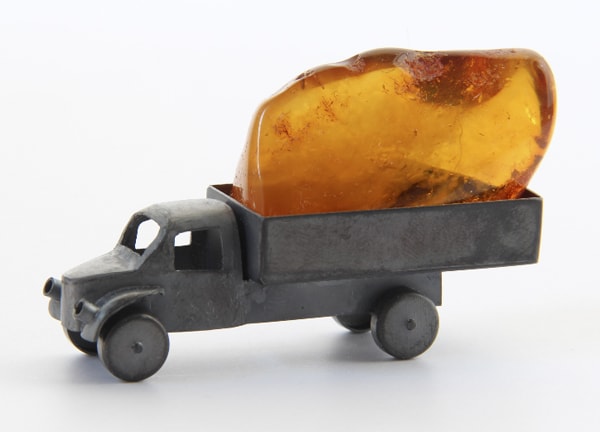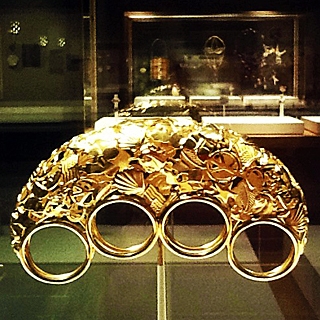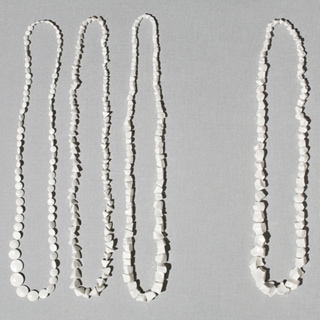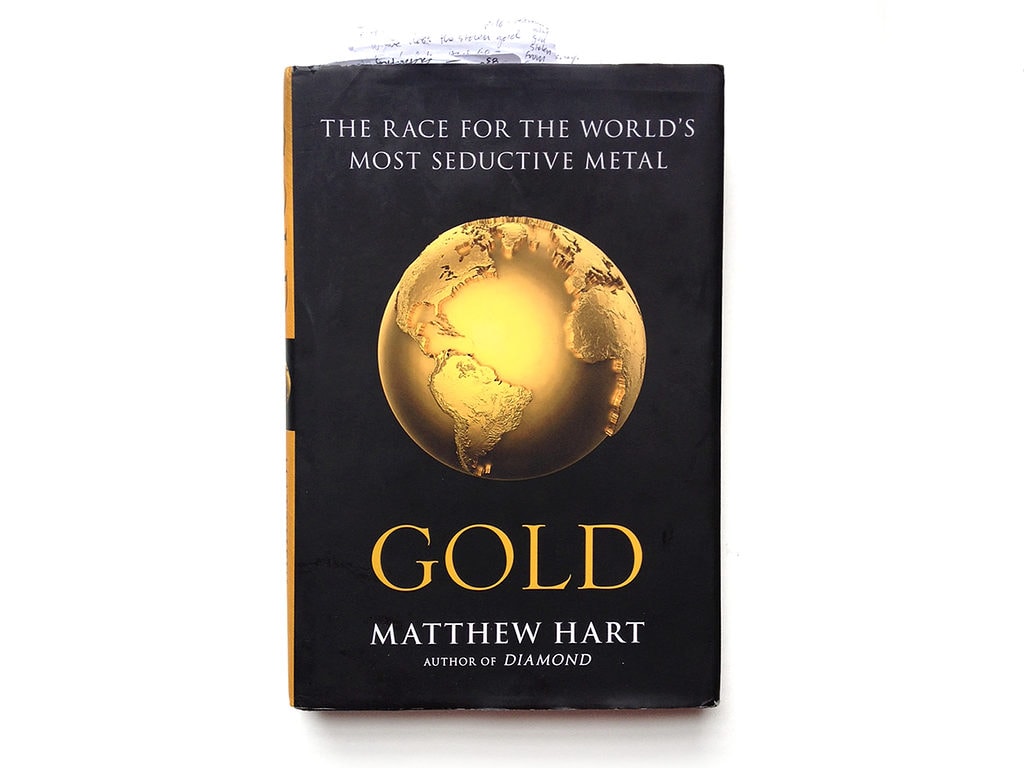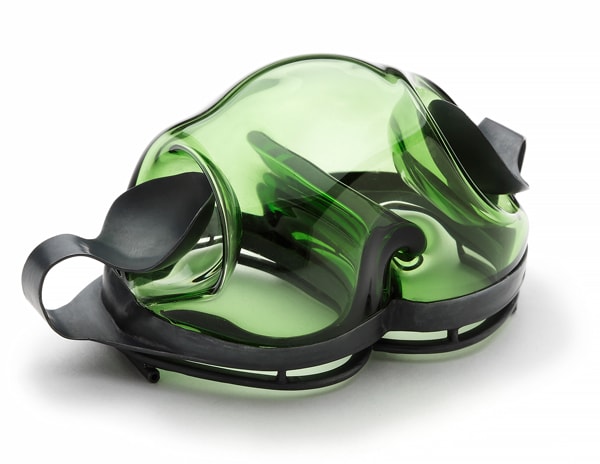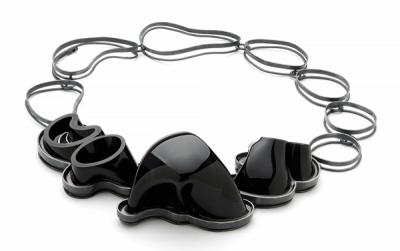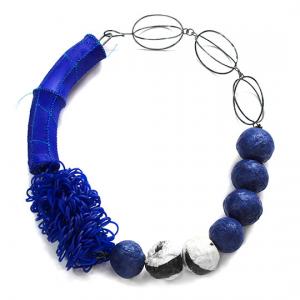Amber in Contemporary Jewelry
 Amber has a long and storied past as a material used in jewelry. From being called “the Baltic gold” to rarely being used in contemporary jewelry, today amber is experiencing a renaissance. This renewed interest in the material is the subject of an important exhibition at Gallery Putti in Riga, Latvia. Called Amber in Contemporary Jewelry and running from May 22–August 2, 2014, this exhibit demonstrates the possible range of application of amber in contemporary art jewelry as created by 20 artists from Latvia and Italy, as well as from countries along the ancient Amber Road (Russia, Estonia, Lithuania, Poland, Austria, Slovenia, and Hungary). It not only links the Amber Road geographically but also historically by connecting ancient times with the present, and by demonstrating the richness of amber jewelry creation today. Here Bonnie Levine speaks with Gallery Putti’s Eva Melnika, who is interning with the gallery this year.
Amber has a long and storied past as a material used in jewelry. From being called “the Baltic gold” to rarely being used in contemporary jewelry, today amber is experiencing a renaissance. This renewed interest in the material is the subject of an important exhibition at Gallery Putti in Riga, Latvia. Called Amber in Contemporary Jewelry and running from May 22–August 2, 2014, this exhibit demonstrates the possible range of application of amber in contemporary art jewelry as created by 20 artists from Latvia and Italy, as well as from countries along the ancient Amber Road (Russia, Estonia, Lithuania, Poland, Austria, Slovenia, and Hungary). It not only links the Amber Road geographically but also historically by connecting ancient times with the present, and by demonstrating the richness of amber jewelry creation today. Here Bonnie Levine speaks with Gallery Putti’s Eva Melnika, who is interning with the gallery this year.
Bonnie Levine: Amber has been around for 40 to 60 million years and there’s a real mystique to it—it’s been traded, worshipped, and used for healing and protective purposes going back in time. Can you elaborate on the history of amber and why it’s important today?
Eva Melnika: Amber has always been known as the Baltic Gold—it can feel warm and fragrant, and the Etruscans valued amber even more than gold for its beauty and the healing properties they believed it held.
Amber in Contemporary Jewelry Read More »
